Starbucks opens store in historic former home in Aomori

On April 22, Starbucks will open a store in a heritage listed building in Hirosaki City, Aomori Prefecture. This is the first Starbucks store in the city, and the first Starbucks store to be located in a local government owned property. Starbucks Japan operates over 1,000 stores across the country, including four in Aomori Prefecture.
The Hirosaki Koen-mae Store will open in a building that was built in 1917 as the official residence of the Commander of the 8th Division in the Imperial Japanese Army. It was designed by Hikosaburo Horie, the eldest son of Sakichi Horie who was a carpenter that worked on many of the western-style residences built in Aomori during the Meiji period.Read more
Original Kanaya Hotel re-opened to public viewing

After a careful restoration, the historic Kanaya Samurai House in Nikko was re-opened to the public from March 29th. The property forms a very significant part of Japan’s hotel industry as it was the very first western-style hotel in Japan.
The 2-storey wooden house was built in the 1640s as a samurai residence. In the late 1800s it was the residence of Zenichiro Kanaya. Mr. Kanaya was inspired to open up his home to foreign guests after hosting a foreign friend, James Curtis Hepburn, a Christian missionary who created the Hepburn romanisation system for Japanese. Mr. Hepburn saw the appeal of the Nikko area and the potential for foreign visitors, and suggested that Mr. Kanaya create accommodation catering to foreign tourists.
Mr. Kanaya made some alterations to the home and opened it up to guests as the Kanaya Cottage Inn in 1873. British traveler, writer and historian, Isabella Bird, wrote about her stay at the inn in 1878 in her book ‘Unbeaten Tracks in Japan’, which further helped to promote the area and the hotel.Read more
Nanzen-ji: Japan’s most expensive and exclusive residential area
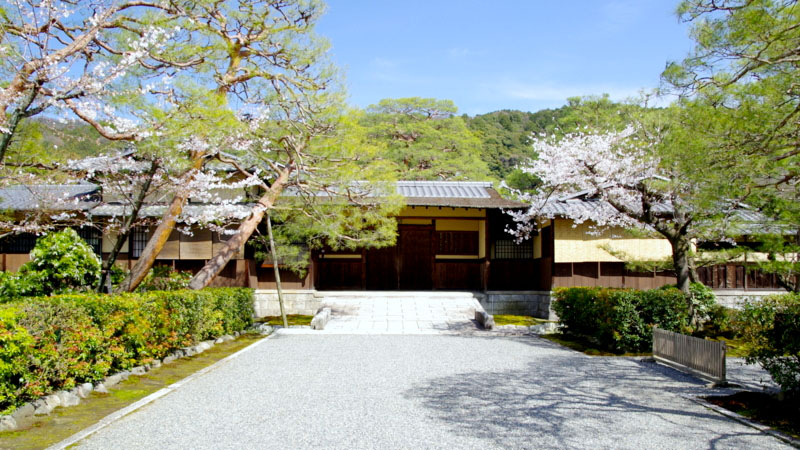
London has Kensington Palace Gardens, Hong Kong has Pollock’s Path and Monaco has Avenue Princesse Grace. Japan’s most expensive and most exclusive neighbourhood is not in Tokyo, but in the grounds of a temple in the historic former capital of Kyoto.
Nanzen-ji is a Zen Buddhist temple that was first established in 1291 by Emperor Kameyama on the site of one of his former palaces. During the anti-Buddhist movement at the beginning of the Meiji Restoration, Nanzen-ji’s grounds and sub temples were seized by the government, subdivided and sold off to private interests. Between the Meiji period and early Showa period, Japanese nobility began to build luxurious holiday homes with expansive and carefully designed Japanese gardens.
Competition amongst the elite was strong, with each one trying to build a bigger and grander villa than the other. Today, 15 of the original villas remain. Many of these villas are still owned by descendants of the original owners, or are held by some of Japan’s top companies and are not open to the public. These estates are worth as much as 100 million USD, but are so tightly held that, no matter how much money you may have, the area cannot be bought into at any price.Read more
Iseya Pawnshop sold to University
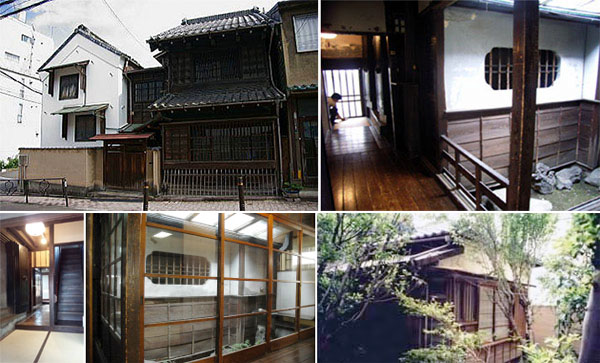
The owner of the historic Iseya Pawnshop in Bunkyo-ku, Tokyo, signed a contract of sale with Atomi University on March 11. The price has not been disclosed, although some reports suggest it sold for around 130 million Yen (1.07 million USD).
The property includes a 2-storey warehouse dating from the 1850s ~ 1860s, a tatami room dating from 1890 and a shophouse dating from 1907. The pawnshop operated from 1860 to 1982, and was mentioned in author Ichiyo Higuchi’s writings. The three buildings were registered as Tangible Cultural Properties in 2003.Read more
Hope for Kamakura’s modernist museum
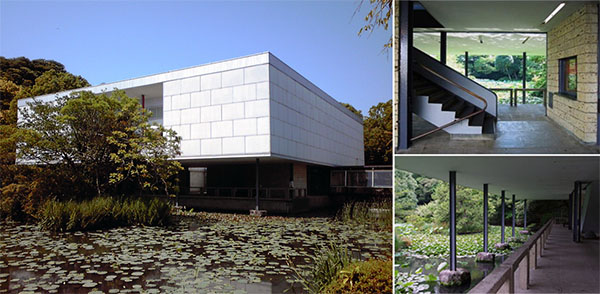
One of Japan’s exemplary models of modern architecture - the Museum of Modern Art, Kamakura - now stands a chance at being saved from demolition after a recent structural analysis found that it could be reinforced against earthquakes.
The Kanagawa Prefectural Government is also in discussions with the landowner, the nearby Tsurugaoka Hachiman-gu Shrine, to seek an extension to the land lease.
In late 2013, it was reported that the prefecture decided against renewing the lease due to the high costs of maintaining the buildings and the anticipated costs of retrofitting. The prefecture announced plans to close the museum at the end of March 2016. Under the terms of the lease, any buildings were required to be demolished before returning the land to the Shrine.Read more
Historic home in Kunitachi open to public before demolition
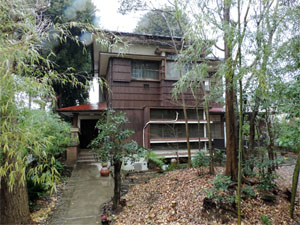 A historic home in Kunitachi City, Western Tokyo, will be open to the public for a viewing on February 8 and 9 before it is demolished.
A historic home in Kunitachi City, Western Tokyo, will be open to the public for a viewing on February 8 and 9 before it is demolished.
The Takada Residence was built in 1929 ~ 1930 by physician and author Giichirou Takada. Mr. Takada moved his family from their former residence in the Akasaka Tameikesanno area in order for his eldest son to attend school in Kunitachi. This home would have been one of the original homes built when the suburb was developed in the 1920s.
The 2-storey wooden house sits on a 600 sqm block of land. It has a concrete basement (used as archives) and the house was equipped with steam heating.
Demolition is scheduled to begin at the end of March 2015.Read more
Bottega Veneta joins fight to save Hotel Okura
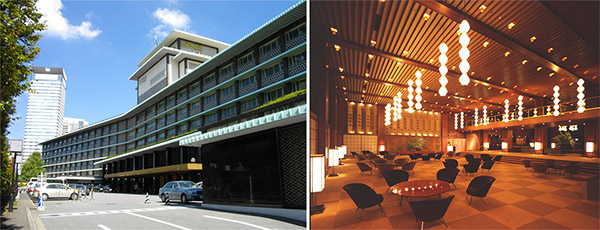
Fashion and architecture go hand in hand, and pieces designed by some of the great designers can remain timeless for generations. Tomas Maier, the creative director of Italian fashion house Bottega Veneta, is hoping to spread awareness of some of Japan’s modernist architecture that is at risk of being demolished and lost forever. Of particular interest in Maier's campaign is the Hotel Okura Tokyo, designed by Yoshio Taniguchi and completed in 1962, which is scheduled to close and be demolished later this year.Read more
